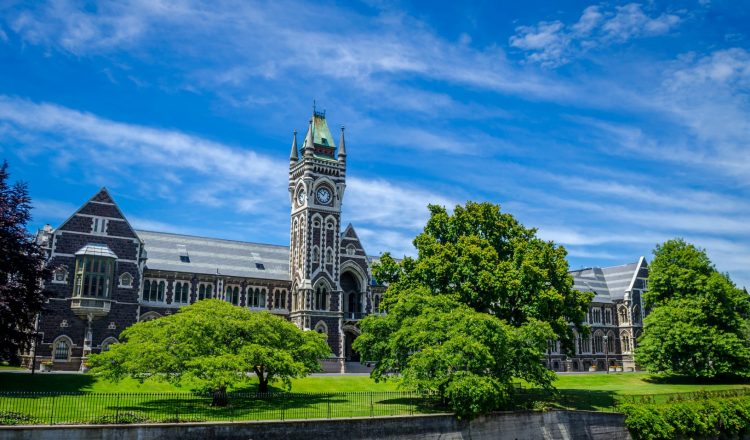Visa làm việc sau khi học tập
Bạn có thể xin thị thực để làm việc tại New Zealand tối đa 3 năm sau khi bạn hoàn thành việc học nếu bạn có bằng cấp được chấp nhận được.
Thị thực làm việc sau học kéo dài 1, 2 hoặc 3 năm tùy thuộc vào trình độ của bạn và nơi bạn học. Từ cuối tháng 11 năm 2018, nó thay thế 2 thị thực trước đó:
- Visa làm việc sau khi học (mở)
- Visa làm việc sau khi học (do nhà tuyển hỗ trợ).
Những gì bạn có thể làm trên thị thực làm việc sau khi học
Thị thực làm việc sau khi học cho phép bạn làm việc cho bất kỳ nhà tuyển dụng nào và trong hầu hết mọi công việc. Đối tác của bạn có thể xin thị thực làm việc và con cái phụ thuộc của bạn có thể học miễn phí với tư cách là sinh viên trong nước.
Kiểm tra tất cả các tiêu chí và tính xem bạn có thể làm việc trong bao lâu.
Thị thực làm việc sau khi học
Nếu bạn dự định sống lâu dài ở New Zealand, hãy kiếm một công việc có tay nghề cao trong một ngành nghề đang thiếu hụt có thể cải thiện cơ hội nhận được thị thực cư trú của bạn.
Kiểm tra danh sách thiếu kỹ năng
Nếu bạn đã có Visa làm việc sau (mở)
Nếu bạn đã có Visa sau khi làm việc (mở) hoặc chúng tôi chấp nhận đơn đăng ký của bạn cho một trước ngày 26 tháng 11 năm 2018, trước khi visa hiện tại của bạn hết hạn, bạn có thể nộp đơn xin gia hạn visa của bạn thêm 2 năm nữa.
Nếu bạn đã có Visa làm việc sau khi học (người sử dụng lao động được hỗ trợ)
Nếu bạn đã có Visa sau khi làm việc (người sử dụng lao động hỗ trợ) hoặc họ đã chấp nhận đơn đăng ký của bạn cho một trước ngày 26 tháng 11 năm 2018, bạn có thể chọn xóa việc làm, người sử dụng lao động và địa điểm. Sau đó bạn có thể làm việc cho bất kỳ nhà tuyển dụng, ở bất kỳ địa điểm nào và trong hầu hết mọi công việc.
Ở lại lâu hơn
Bạn có thể xin thị thực làm việc sau khi học thêm nếu bạn hoàn thành một bằng cấp khác tại New Zealand:
- ít nhất là bằng Cử nhân Cấp 7
- kéo dài tối thiểu là 30 tuần
- cao hơn trình độ mà bạn đã nộp cho thị thực trước đây của bạn.
Tùy thuộc vào tình hình của bạn, có thể có các thị thực khác mà bạn có thể xin nếu bạn muốn làm việc tại New Zealand — ví dụ như thị thực làm việc Kỹ năng cần thiết.
Tìm việc
Thị trường việc làm của New Zealand có thể khác với những gì bạn quen. Trang web New Zealand Now có thông tin có thể giúp bạn chuẩn bị cho việc tìm việc làm tại New Zealand.
Tìm việc làm | New Zealand Now
Học tập để nâng cao trình độ trong một ngành nghề thiếu kỹ năng có thể làm tăng cơ hội kiếm được việc làm của bạn.
Tình trạng thiếu kỹ năng ở New Zealand

















































